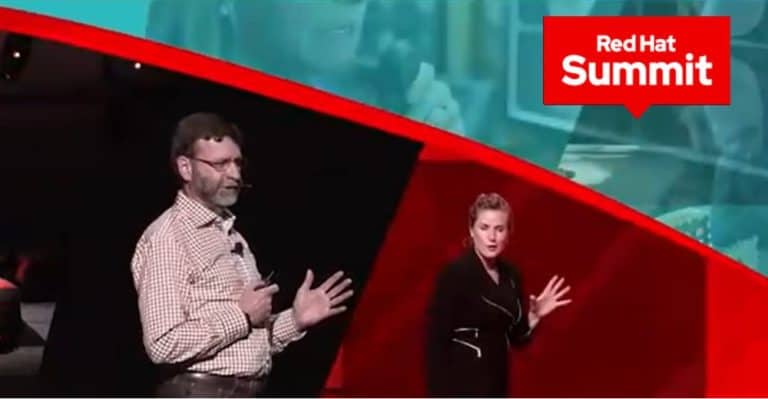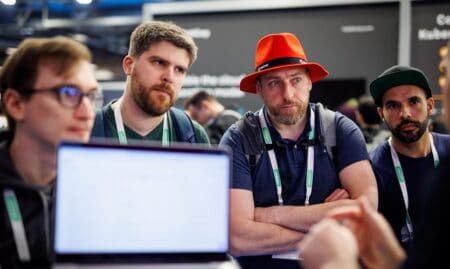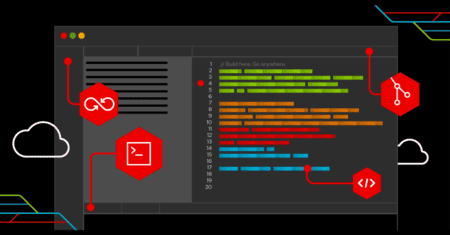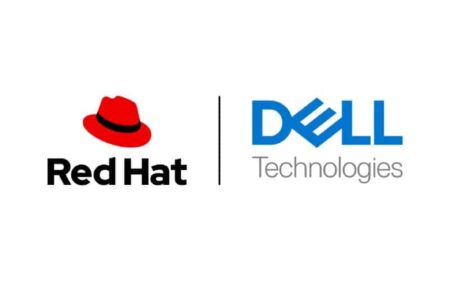During the KubeCon + CloudNativeCon Europe 2021 conference, Red Hat made Developer Sandbox for Red Hat OpenShift generally available. The Developer Sandbox for Red Hat OpenShift is used to make the Kubernetes-based platform more accessible to individual developers for free.
Mithun Dhar, the VP and general manager of the Developer and Tools Business Unit at Red Hat says that the goal is to increase the number of developers capable of building cloud-native apps on the Kubernetes platform.
To achieve that, Developer Sandbox for Red Hat OpenShift gives developers access to a private OpenShift environment in a shared, multi-tenant cluster, preconfigured with developer tool kits.
Developer-centric efforts
The tightly integrated tools and infrastructure are designed to provide a safe environment that will create containers from source code or Dockerfiles, aid in prototyping or building new apps, and adding new services and capabilities.
Red Hat is also preparing to launch a set of Kubernetes Examples next month to make it easy for developers to employ and reuse patterns for building cloud-native apps.
This developer effort comes after an initiative by Red Hat launched earlier this year made Red Hat Enterprise Linux (RHEL) more accessible to individual developers.
Making Kubernetes adoption easier
It is estimated that currently, out of every 18 to 20 million enterprise application developers, about 4.5 million have some familiarity with Kubernetes-based platforms like Red Hat OpenShift. The increasing adoption of Kubernetes depends on how fast the next 10 million developers take to the platform.
The challenge now becomes the high correlation between the adoption of Kubernetes and the building of microservices-based applications.
Microservices-based apps are challenging to build and maintain as the dependencies between them increase. With more developers, solutions will be easier to access as they learn how to build more resilient apps with all the right tools available to them.



















